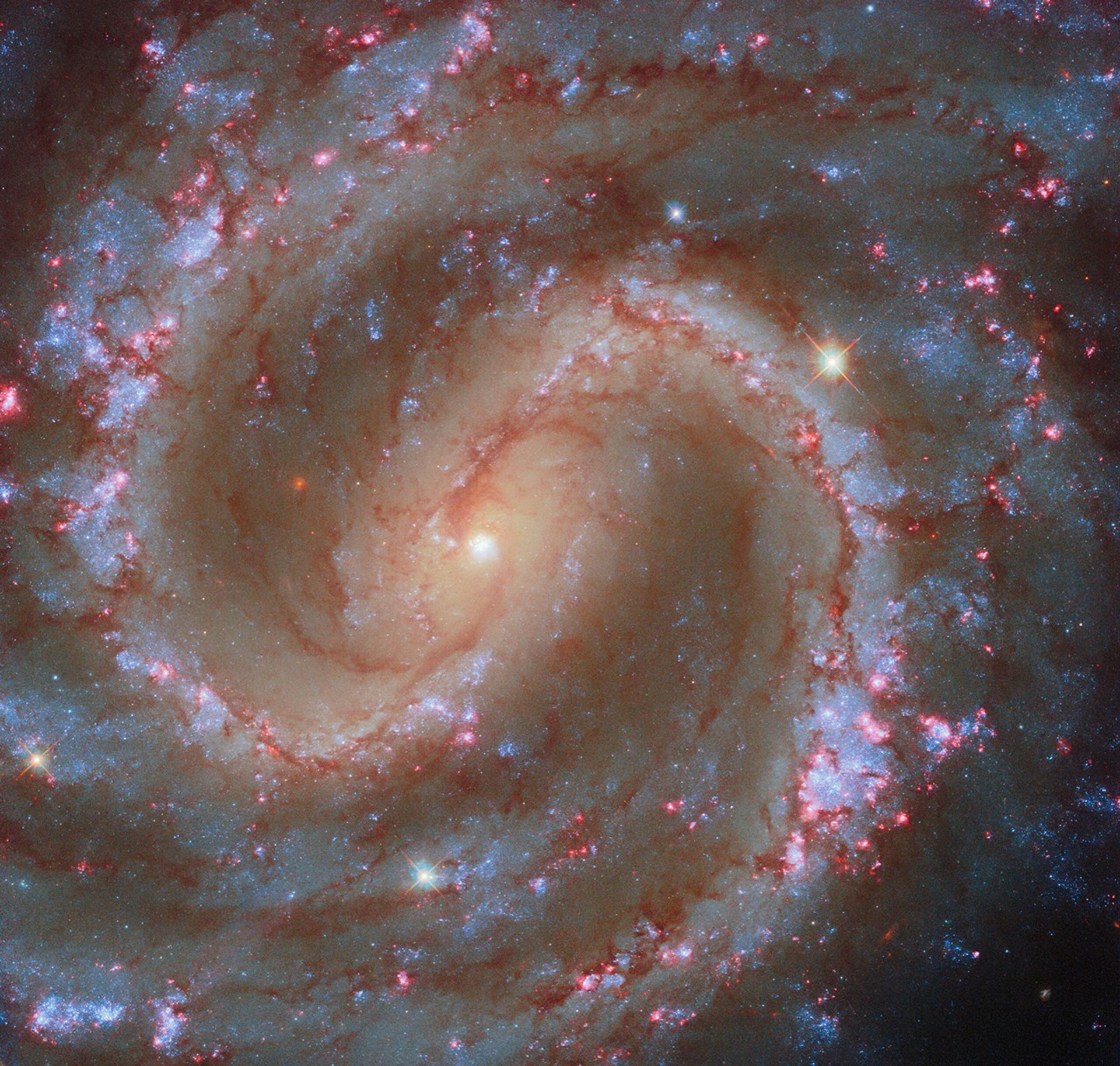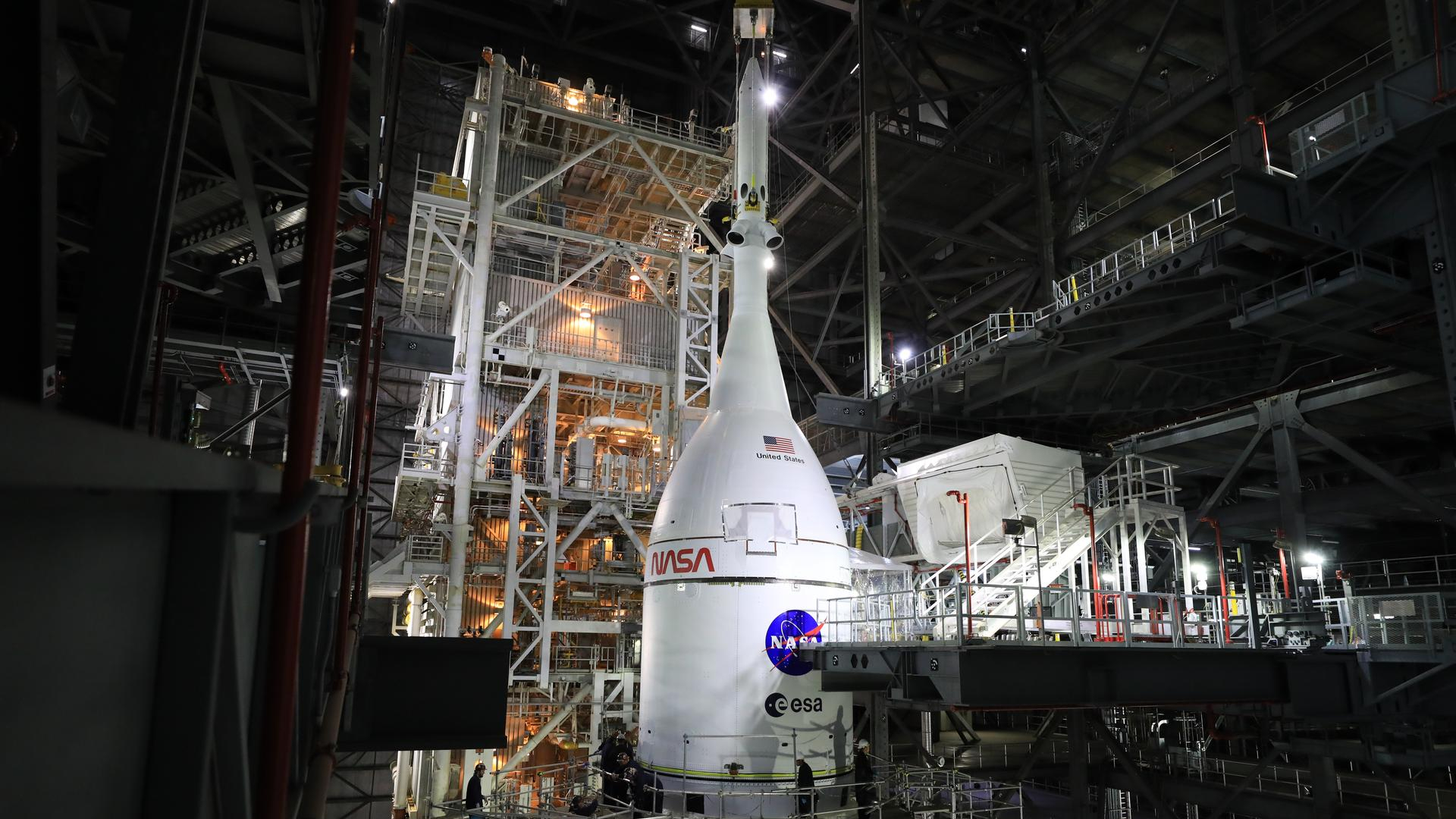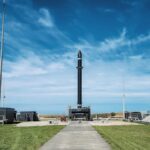Now Reading: What are these weird aurora blobs? Explainer here
-
01
What are these weird aurora blobs? Explainer here
What are these weird aurora blobs? Explainer here
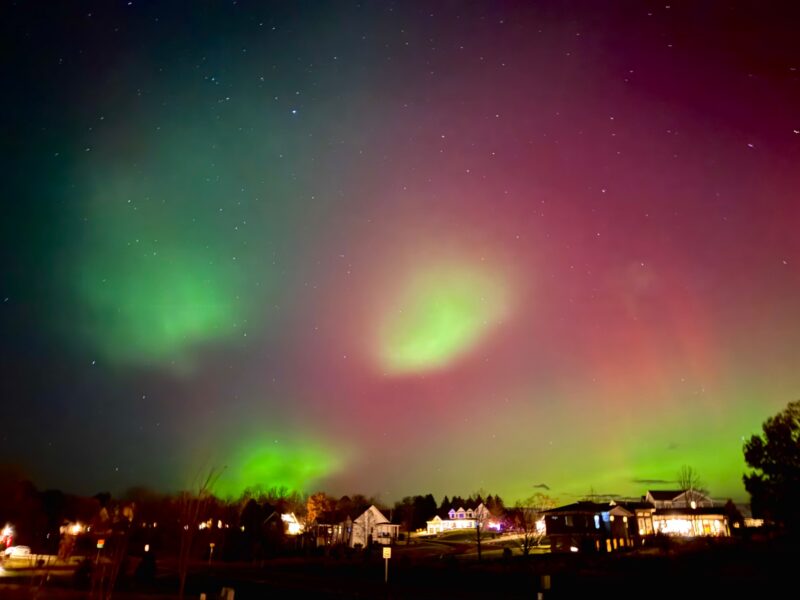

Science matters. Wonder matters. You matter.
Join our 2025 Donation Campaign today.
Weird aurora blobs appeared during November’s geomagnetic storm
It was a chilly night in southern Wisconsin on November 11, 2025, as I (Kelly Kizer Whitt) watched red and green auroras stretching up from the northern horizon. And as I observed, I noticed some strange, pulsating blobs of light materialize right in front of me. In the days preceding the geomagnetic storm, the sun had unleashed a barrage of X flares, and now the ejected plasma was smashing into our atmosphere. I have seen many auroral displays before, including last year’s unforgettable events on May 10 and October 10, but on this night the aurora took on weird shapes.
The auroral display was strong enough on November 11 that I could easily see the colors of the auroras with just my eyes. During less energetic displays, the color really only appears through the aid of photos. While I was marveling at the red and green display, grayish-white blobs appeared in front and closer to me, obscuring the background aurora. These blobs became so bright that there was no need to adjust your eyes to the dark before they popped into view. But it was only through the photos I took with my iPhone that I saw the green color.
These strange, bright auroras were proton auroras. Proton auroras are not ordinary auroras. They generally only appear during very strong geomagnetic storms.
Proton auroras explained
Proton auroras are different from ordinary auroras. Ordinary auroras could also be termed electron auroras. They occur because charged particles from the sun (mainly electrons) impact Earth’s atmosphere. Those charged particles get funneled down Earth’s magnetic field toward the poles. Then they collide with atoms and molecules in the upper atmosphere and excite them. Excited electrons emit light, and this is what we see when we’re viewing the aurora.
But proton auroras are different. According to Spaceweather.com, proton auroras come from a ring of protons that drifts around Earth. During especially strong geomagnetic storms, protons can rain down from this ring. They then cause a secondary shower of electrons, and these hit Earth’s atmosphere to make proton auroras.
According to LiveScience, proton auroras can occur at lower latitudes than the northern and southern lights. It also says that proton auroras can eat away at the ozone layer, causing large holes. No word yet if the proton auroras from November 11 created any holes in the ozone layer.
In 2022, scientists discovered that Mars has proton auroras.
Gallery of proton auroras
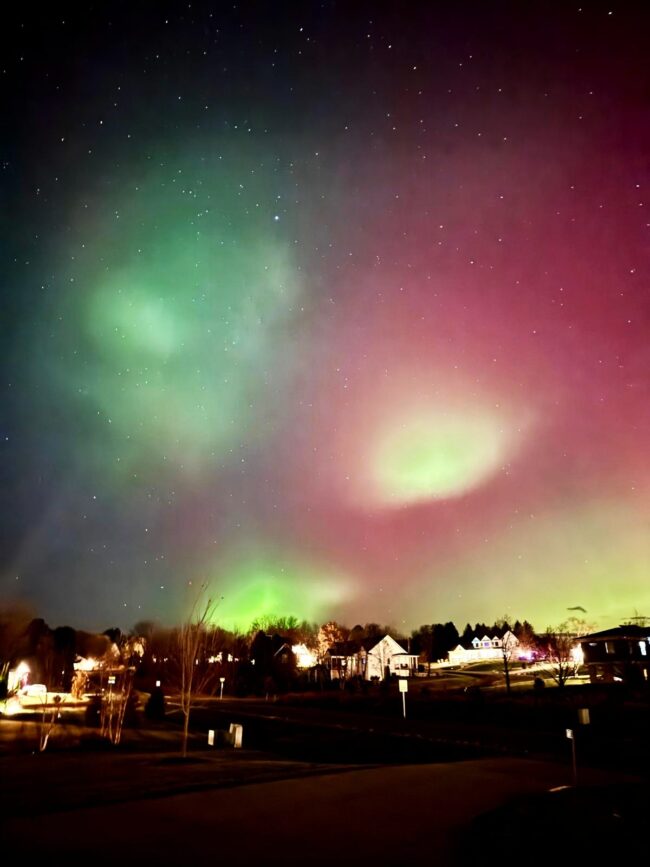

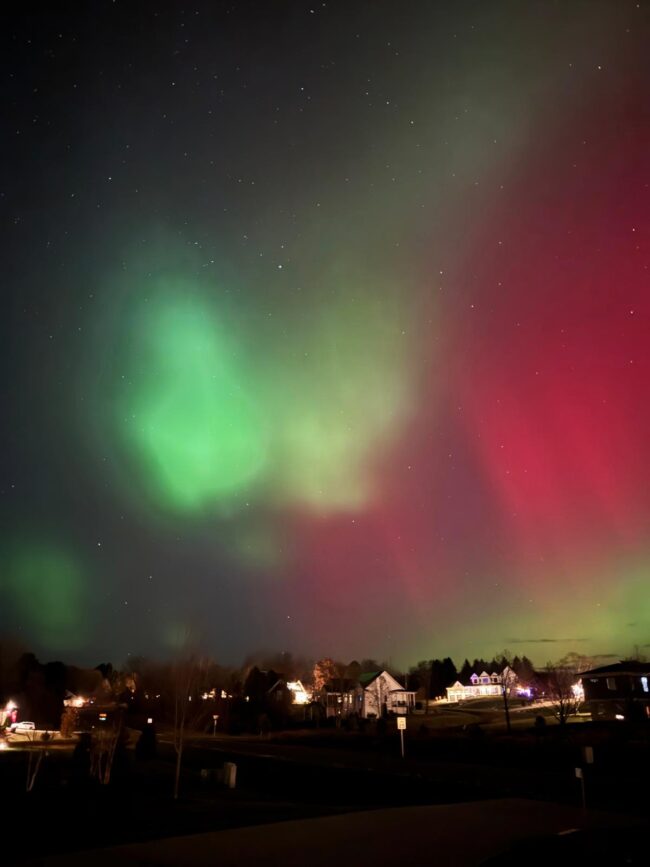


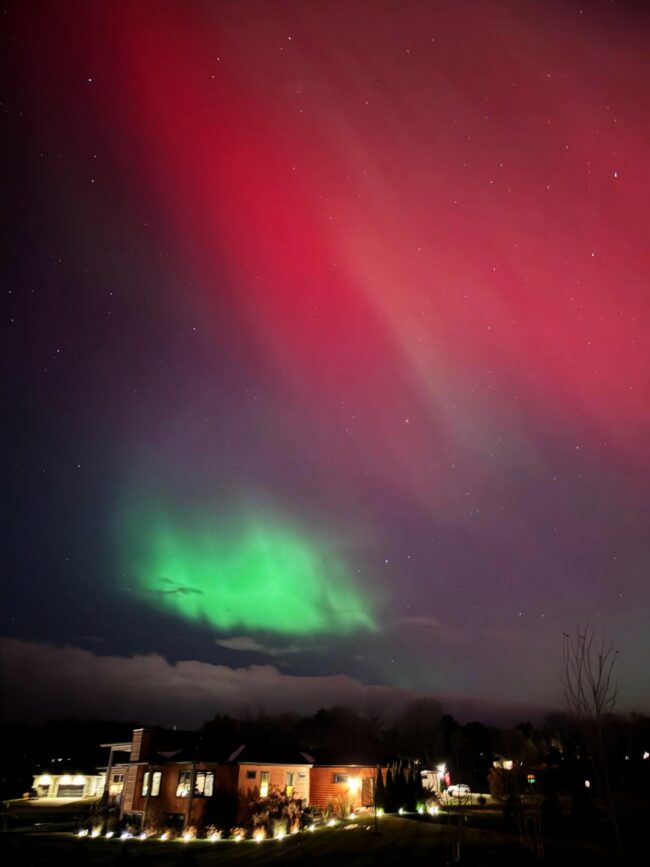
Bottom line: On November 11, 2025, the severe geomagnetic storm produced weird aurora blobs along with traditional auroras. These blobs were rare proton auroras.
Read more: Amazing aurora photos capture the ‘sky on fire’
The post What are these weird aurora blobs? Explainer here first appeared on EarthSky.
Stay Informed With the Latest & Most Important News
Previous Post
Next Post
-
 012024 in Review: Highlights from NASA in Silicon Valley
012024 in Review: Highlights from NASA in Silicon Valley -
 02Panasonic Leica Summilux DG 15mm f/1.7 ASPH review
02Panasonic Leica Summilux DG 15mm f/1.7 ASPH review -
 03From Polymerization-Enabled Folding and Assembly to Chemical Evolution: Key Processes for Emergence of Functional Polymers in the Origin of Life
03From Polymerization-Enabled Folding and Assembly to Chemical Evolution: Key Processes for Emergence of Functional Polymers in the Origin of Life -
 04How New NASA, India Earth Satellite NISAR Will See Earth
04How New NASA, India Earth Satellite NISAR Will See Earth -
 05And Thus Begins A New Year For Life On Earth
05And Thus Begins A New Year For Life On Earth -
 06Astronomy Activation Ambassadors: A New Era
06Astronomy Activation Ambassadors: A New Era -
07SpaceX launch surge helps set new global launch record in 2024















